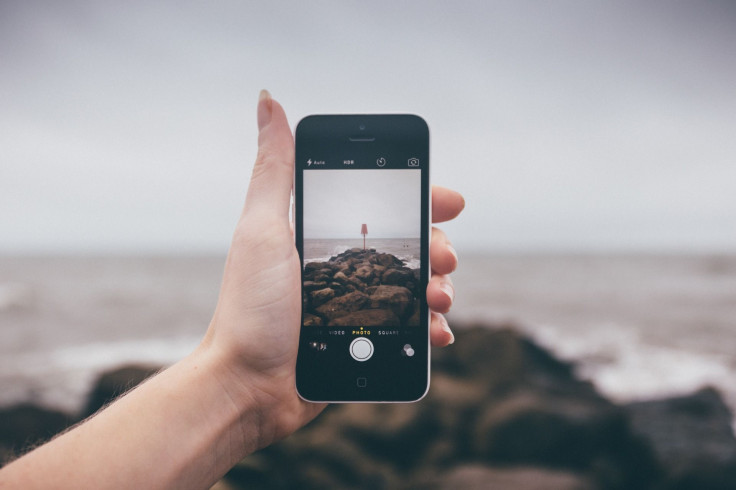Large-Scale Research Study Challenges Claims That Cell Phones Cause Brain Cancer

Cell phone addicts, you can breathe a sigh of relief; your phones (probably) don’t cause brain cancer. Over the past few years, scientific studies have suggested mobile phones emit radiation that can cause brain tumors and cancer. But in a new, larger Australian study, published in Cancer Epidemiology, researchers have cast doubt on those findings.
The study examined the incidence rates of brain cancer in nearly 20,000 men and 15,000 women between the years 1982 and 2012. The researchers also obtained national mobile phone usage data from 1987, when cell phones first became available, to 2012. Based on their data, the researchers found that despite the fact that extremely high proportions of the population have used cell phones regularly for the past 20 years, brain cancer incidence rates have risen only slightly in males while remaining stable in females. Significant increases in brain cancer rates were found in adults over the age of 70, but the increase began in 1982, five years before cell phones were introduced.
The researchers attributed the sharp rise in brain cancer rates in the elderly to the medical field’s improved ability to make accurate diagnoses. Technological advancements like computed tomography (CT) and magnetic resonance imaging (MRI), which were introduced in the late 1970s just before cell phones arrived, are able to identify brain tumors that otherwise could have been mistaken for different illnesses, such as stroke and dementia.
To further investigate claims that cell phone use leads to brain cancer, the researchers also created a mathematical model capable of calculating the number of new brain cancer cases that would arise if mobile phones did indeed cause cancer. Using this model, the researchers could determine whether or not the actual incidence of brain cancer correlated with the expected increase.
The model accounted for the 10-year gap between the time that cell phone use first began and the first evidence of rising brain cancer rates emerged. The researchers explained that in their field, it is well understood among scientists that there is a lag period between one’s initial exposure to a carcinogen (including cell phone radiation) and when a case of cancer appears.
Using their model, the researchers calculated two separate estimates for the number of new brain cancer cases due to cell phone use. The first estimate was based on a 50 percent expected increase in brain cancer incidence, which the researchers note is quite conservative based on data from the past research suggesting a link between cellphones and cancer. Using that percentage, the expected number of new cases was estimated to be 1,866. The second estimate was based off a 150 percent increase in brain cancer, which accounted for the heaviest cell phone use. This percentage led to an expected 2,038 new cases of brain cancer.
The actual number of new cases of brain cancer recorded, however, fell below both of these estimates, reaching only 1,435. This further suggests the link between cellphones and cancer is not as serious as past research has suspected.
Dr. Rafi Nagler, who led one of the prior studies that found a link between cell phone use and cancer, told Medical Daily, “What we found is a link with free radicals.” Free radicals are highly reactive chemicals that can potentially cause cancer. “We didn’t look further than this. Free radicals may lead to cancer but not always.”
Source: Chapman S, Azzizi L, Luo Q, Sitas S. Has the incidence of brain cancer risen in Australia since the introduction of mobile phones 29 years ago? Cancer Epidemiology. 2016.



























